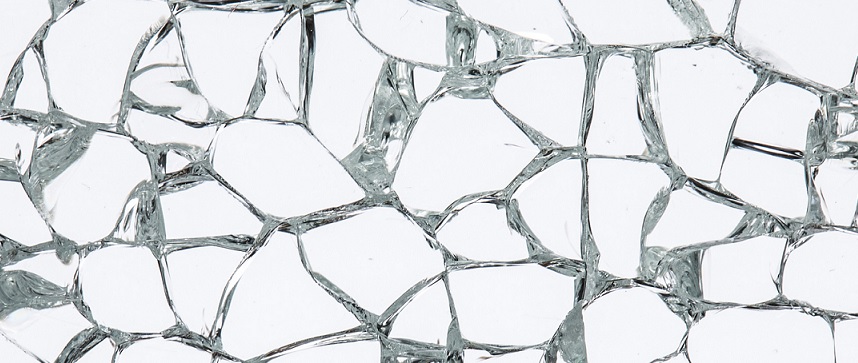
Spontaneous Glass Breakage: Why it happens and what we do to prevent it
27 February 2017
While toughened glass is four to five times stronger than standard glass, there are instances when spontaneous glass breakage occurs. While this phenomenon is uncommon, we thought we would tell you a little bit more about what it is, why it happens can be done to limit the chances of it happening.
What is spontaneous glass breakage?
Spontaneous glass breakage is when a unit of glass seems to crack or break seemingly without any cause or force being applied. It appears to happen suddenly and without warning but spontaneous glass breakage is more complicated that it first appears.
How does spontaneous glass breakage occur?
One of the most common causes of spontaneous glass breakage is installation damage. While glass is being moved or installed, glaziers can accidentally chip the edges of the glass with various tools or fasteners. Items such as nails or screws used to attach glass stops can catch on the edge of the glass. These small nicks or chips may not look like much if they are even spotted at all and they may not cause immediate damage. Problems can arise however when the glass expands and contracts overtime and areas of stress can develop around the chips leading to breakage.
Thermal stress can occur in glass where there is a temperature differentiation across the surface of the glass. This happens where a large part of the glass is covered from the sun (known as static shadows) or internal and external heating sources raise the glass temperature and cause internal stresses to the unit.
As glass expands and contracts with changes in temperature it is important that when fitted, the glass has enough room to move. If the space surrounding the glass is inadequate, the glass will bind against the frame and cause pressure within the unit which may lead to a breakage.
During the manufacturing process is possible for small impurities to find their way into the glass. Small nickel sulphide stones can form randomly during the production of glass and, while typically benign, these small metal shavings can change structure over time and grow, creating internal stresses within the glass. If these stresses exceed the strength of the glass, it will cause it to break or shatter, often characterised by a distinctive figure of eight pattern.
While uncommon, breakage by nickel sulphide inclusions normally happens within our processing facility, prior to the delivery of the product.
What we do to prevent it
Here at Donwood, all of our toughened glass is manufactured to EN 12150-1:2000. This specifies the tolerances, flatness, edgework and fragmentation performance as well as physical and mechanical characteristics of monolithic flat thermally toughened soda lime silicate safety glass for use in buildings, ensuring that quality is paramount.
If you would like to know more about spontaneous glass breakage or whether toughened glass is the right type of glass for your project, get in touch with our expert team who will recommend the best glass products for you.
